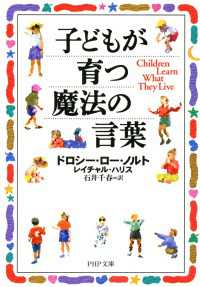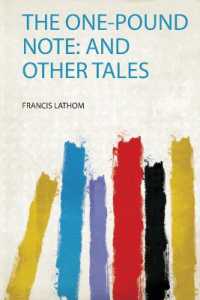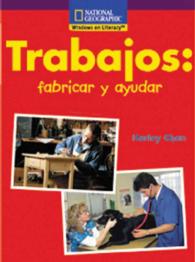Full Description
This book follows Chagall's life through his art and his understanding of the role of the artist as a political being. It takes the reader through the different milieus of the nineteenth and twentieth centuries - including the World Wars and the Holocaust - to present a unique understanding of Chagall's artistic vision of peace in an age of extremes. At a time when all identities are being subsumed into a "national" identity, this book makes the case for a larger understanding of art as a way of transcending materiality. The volume explores how Platonic notions of truth, goodness, and beauty are linked and mutually illuminating in Chagall's work. A "spiritual-humanist" interpretation of his life and work renders Chagall's opus more transparent and accessible to the general reader.
It will be essential reading for students of art and art history, political philosophy, political science, and peace studies.
Contents
1. The Story of a Life 1. Life in Vitebsk 2. St. Petersburg and Paris 3. Return to Russia and Belarus 4. In Paris to World War II 5. New York during World War II 6. Late Life: Other Art Forms and Large Works 7. Stained Glass Windows 2. The Artist as Friend and Peacemaker 8. Who Was Chagall? 9. The "Jewish" Chagall 10. Ethnic Labeling 11. Wandering in Multiple Places 12. The Artist as a Friend and Companion 13. The Artist as Post-Secular Seeker 14. The Painter as Peacemaker 3. Appendices: Texts by Chagall 15. Artists and Jewish Artists (April 1939) 16. To My City Vitebsk (February (1944) 17. The End of the War (May 1948) 18. To Israel: On My Exhibition in Tel Aviv (July 1951) 19. Art and Life: Lecture Delivered at The University of Chicago (March 1958) 20. Erasmus Prize; Response (1960) 21. A Crisis of Color (May 1963) 22. The Tapestries in the Knesset in Jerusalem; Speech at the Unveiling (August 1969)
-

- 電子書籍
- チェンジリベンジ【分冊版】 8 BRI…
-

- 電子書籍
- 子どもが育つ魔法の言葉






